소개
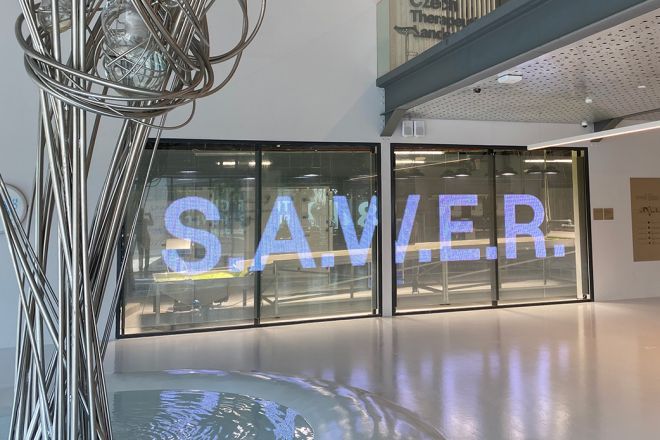
The content creation of 투명 LED 디스플레이 is different from that of traditional display devices. It not only takes into account the visual presentation of the content but also fully considers factors such as integration, dynamics, and interactivity with the environment behind it.
Therefore, for content creators, how to create content on transparent LED displays that is both attractive and meets practical application needs has become a topic worthy of in-depth discussion.
In the following article, we will introduce one by one the key points that need to be paid attention to in the content creation process of transparent LED display screens. Let’s take a look.
1. Why use a transparent LED display?
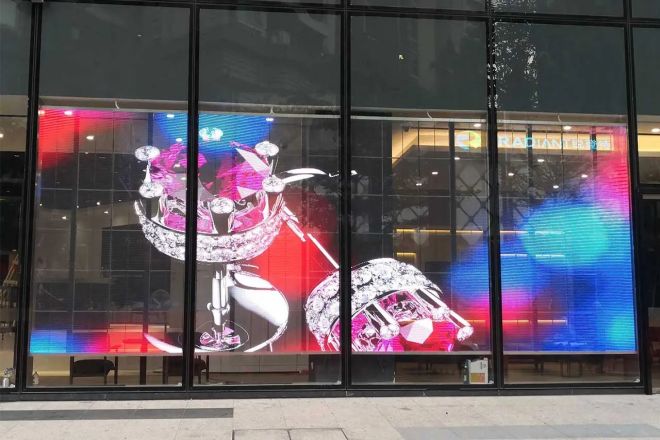
Transparent LED displays are used in more and more fields due to their unique advantages and wide range of application scenarios. Here are the main reasons to use transparent LED displays:
- 높은 투명성:
The transparent LED display has up to 80% penetration, ensuring indoor lighting needs while retaining the see-through function of the original glass curtain wall. This allows the transparent screen to blend seamlessly into its surroundings, allowing viewers to enjoy the image without feeling disturbed.
- Lightweight and durable:
The transparent LED display is small in size and light in weight. It weighs only 15kg per square meter. There is no need to change the building structure during installation, and it can be installed directly on the glass. In addition, it is highly durable and maintains good performance even during frequent loading and unloading and repeated use.
- Easy installation and maintenance:
The transparent LED display has no steel frame structure and is plug-and-play, saving a lot of installation and maintenance costs. During maintenance, only the failed light bar needs to be repaired. There is no need to disassemble the entire module, and daily inspections are also very convenient.
- 맞춤형 맞춤화:
The transparent LED display screen can be customized in size and shape according to customer needs, especially suitable for products with special-shaped requirements. It can ensure that the entire screen transition is natural and smooth, without splicing traces, and can meet more application occasions.
- Diverse application scenarios:
Transparent LED displays are suitable for a variety of occasions, such as commercial displays, stage performances, automobile exhibitions, etc. In commercial displays, it can be used in windows, showcases, booths, and other areas to provide audiences with clearer and more realistic product displays and advertising.
In stage performances, it can be used in backgrounds, stages, and other visual elements to create more Eye-catching, stunning visuals.
2. Things to note when creating content
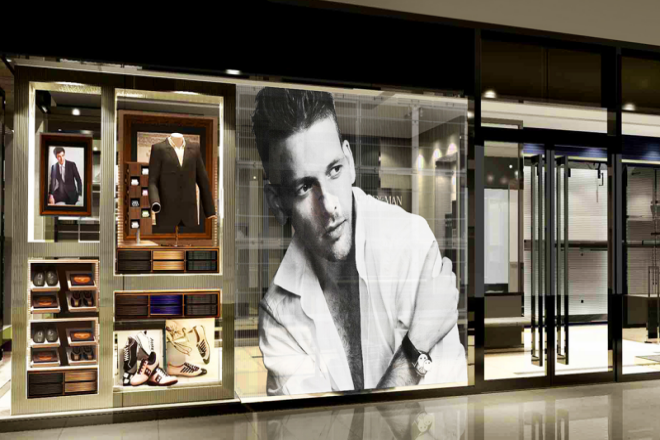
During the content creation process of transparent LED displays, we need to pay attention to many aspects to ensure that the final effect is both beautiful and practical. Here are some key considerations about content creation:
- Integration of content and context
The uniqueness of the transparent LED display is its ability to blend with the environment behind it to create a unique visual effect. Therefore, when creating content, we must fully consider the actual environment behind the display. This includes understanding factors such as color, texture, lighting, etc., of the background so that you can coordinate with it when designing your content.
In addition, we can also cleverly use background elements to enhance the visual effect of the content and make it harmoniously unified with the background.
- Simplicity in content design
Since transparent LED displays are usually located in high-traffic areas, the audience’s attention can be easily distracted. Therefore, content design should be concise and clear to avoid visual clutter caused by overly complex designs.
We should use concise and clear text and graphics to highlight the main information so that the audience can quickly understand and accept it. At the same time, you should also pay attention to color matching and layout to make the overall content look clear and beautiful.
- Dynamic and interactive content
Transparent LED displays have the ability to display dynamic content, which provides us with more creative space. We can use dynamic elements such as animations and transition effects to attract the audience’s attention and make the content more attractive.
In addition, in order to improve the audience’s participation and experience, we can also design some interactive links, such as touch interaction, voice recognition, etc., so that the audience can participate in the content and increase the fun and interactivity.
- Content readability and legibility
No matter how beautifully designed your content is, if your audience can’t easily read and understand it, the efforts will be in vain. Therefore, we must ensure that text is clearly readable and avoid fonts that are too small or blurry. At the same time, the graphics and symbols chosen should also be highly recognizable so that viewers can quickly recognize and understand their meaning.
In addition, we should also pay attention to the layout of the content so that it conforms to people’s reading habits and aesthetic preferences.
- Content update and maintenance
Transparent LED displays are usually used for long-term display, so content updating and maintenance are crucial. We should update content regularly to keep it fresh and avoid audience fatigue. At the same time, it is also necessary to ensure the timeliness and accuracy of the content to avoid outdated or erroneous information.
In addition, the maintenance of the display itself cannot be ignored. Regular cleaning and checking the status of the equipment can ensure its normal operation and extend its service life.
3. Technical considerations for transparent LED displays
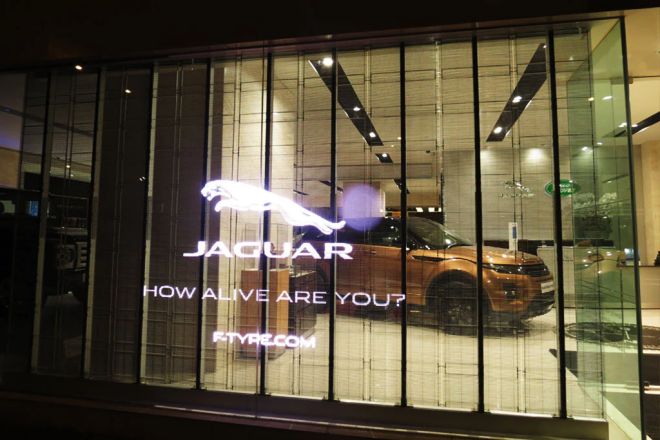
In the content creation process of transparent LED displays, technical considerations are crucial. These technical factors not only affect the presentation of content but are also directly related to the audience’s visual experience and the efficiency of information transmission. The following are several aspects that need to be noted at the technical level when creating transparent LED display content:
- Adaptation of resolution and pixel density
The resolution and pixel density of a transparent LED display are critical to the clarity of content. First, we need to choose appropriate materials based on the actual resolution of the display.
If the resolution of the material is too low, it will cause the content to be blurred and affect the audience’s viewing experience, and if the resolution is too high, it may exceed the display capacity of the display, resulting in a waste of resources. Therefore, a reasonable selection of the resolution of the material is the key to ensuring the clarity of the content.
Secondly, we also need to optimize the resolution and pixel density of pictures and video materials. This includes resizing the footage, cropping excess parts, adjusting pixel density, etc., to better suit the display characteristics of the display. Through these optimization measures, we can ensure that the content looks best on the display.
- Color management and calibration
Color management is an integral part of transparent LED display content creation that cannot be ignored. In order to ensure that the color of the content is consistent with the color of the display, we need to perform color management on the material.
This includes adjusting parameters such as color balance, saturation, contrast, etc., of the footage to match the color characteristics of the display.
In addition, color calibration is also an important means of improving display effects. By performing color calibration on the display, we can ensure that the color performance of the display is accurate and avoid color deviations that may affect the presentation of content. Regular color calibration ensures the long-term stability and consistency of your display.
- Video and animation encoding and compression
Transparent LED displays usually need to play a large amount of video and animation content. In order to reduce file size and improve transmission efficiency, we need to choose an appropriate encoding format and compression algorithm. Common video encoding formats include H.264, H.265, etc., which can effectively reduce file size while ensuring image quality.
At the same time, we also need to choose an appropriate compression algorithm based on actual needs to reduce transmission time while retaining image quality.
When encoding and compressing, we also need to pay attention to avoid image quality loss caused by excessive compression. Therefore, parameters need to be carefully adjusted during the encoding and compression process to find a balance between image quality and file size.
4. Problems that may arise during content creation and their solutions
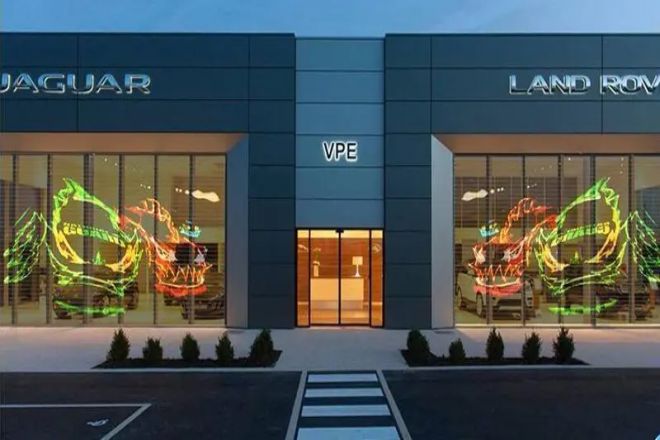
In the process of creating transparent LED display content, you may encounter some technical and operational problems. The following are possible problems and corresponding solutions:
Problem 1: Content resolution does not match the display
When the resolution of the content does not match the resolution of the transparent LED display, it may cause the content to be blurred or deformed.
Solution:
During the content creation phase, make sure to use assets that match the resolution of your display.
If the footage resolution does not match, you can use professional image processing software to make adjustments, such as rescaling or cropping the image.
Problem 2: Colors are distorted or inaccurate
Due to color space differences between different devices and software, content may not appear as expected on the display.
Solution:
Use professional color management tools to color correct your content to ensure color consistency.
Choose the correct color space and color depth to reduce color distortion when producing and exporting content.
Problem 3: Video or animation freezes or playback is not smooth
When the encoding format or compression parameters of the video or animation are not set properly, or the performance of the display is not sufficient to support high-quality content playback, the playback may be stuck or unsmooth.
Solution:
Choose a video encoding format and compression parameters that suit the display’s performance to ensure that the content plays smoothly on the display.
If the display performance is insufficient, consider upgrading the hardware or optimizing the content to reduce playback requirements.
Problem 4: Content formatting and layout are unreasonable
The typesetting and layout of content directly affect the audience’s reading experience and the efficiency of information transmission. If the layout is confusing or unreasonable, it may make it difficult for the audience to understand the content or cause visual fatigue.
Solution:
When designing content, pay attention to the rationality of typesetting and layout to ensure that the information level is clear and easy to read.
Use appropriate fonts, font sizes, and color combinations to improve the readability and legibility of your content.
Problem 5: Difficulty updating and maintaining content
For content that requires frequent updates and maintenance, if the update process is cumbersome or maintenance is difficult, it may lead to inefficiency or outdated content.
Solution:
Establish a complete content update and maintenance process to ensure efficient content updates.
Use a professional content management system or software to simplify update operations and improve work efficiency.
결론
After reading this, I believe you should learn how to create playback content on a transparent LED display. If you still want to know more about LED displays, 우리에게 연락해주세요!
